Moth Trap 6th August 2022 - A night of 'Underwings'
Sharing the results from my latest Moth Trap Session. I have written posts about setting up a moth trap and on collecting the results if you want some more background info on how and why I use a Moth Trap

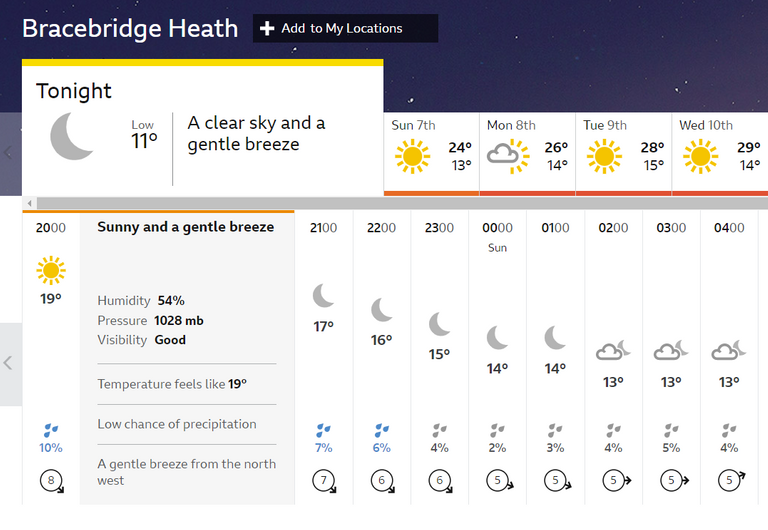
Date: 6th August 2022
Weather:
er... its been awhile since my last moth trapping session. I paused it due to the extreme temperatures we had in the UK, and then I got distracted doing other stuff... no matter, I'm back out there again tonight, and as it has been 4 weeks since the last session, I fully expect to see some different species on the wing at this time of year
The weather tonight is dry and reasonably mild. The clear skies are annoying as it it means the moon is distracting (it is brighter than my light so that makes the light less effective). The wind is also going in the wrong direction, but there is not much I can do about that.
I'm here, the light is switched on, lets go!
Results: 45 moths of 18 species
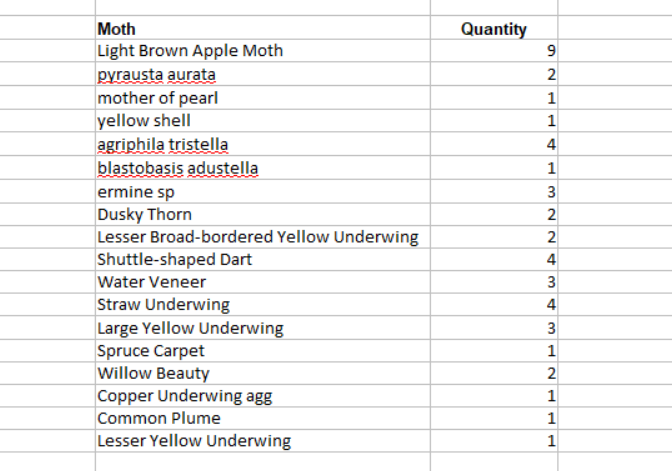
Summary of Results:
Well, as sessions go, this was a quiet one!
Not sure why, it is still Summer time here, and there should be loads to see. The weather was still pretty reasonable, warm enough and no rain. Perhaps it may be part of a bigger issue due the recent hot weather.
For example, moth pupa (the coccons they use for the transition phase) are often located just below the surface of the soil. The hot weather leads the soil to dry and harden, and that might make it harder for the adult moths to emerge. Or perhaps the pupae dried out so the individual's didn't survive?
I don't know, all I can do is record what I see, and someone more intelligent than me can use the data I help create to anaylse and find an explanation.
One thing is for sure, we are currently in a period of big changes in the environment, and it is changing in ways that we can not understand yet.
Enough Doom and Gloom, lets see what moths I found...
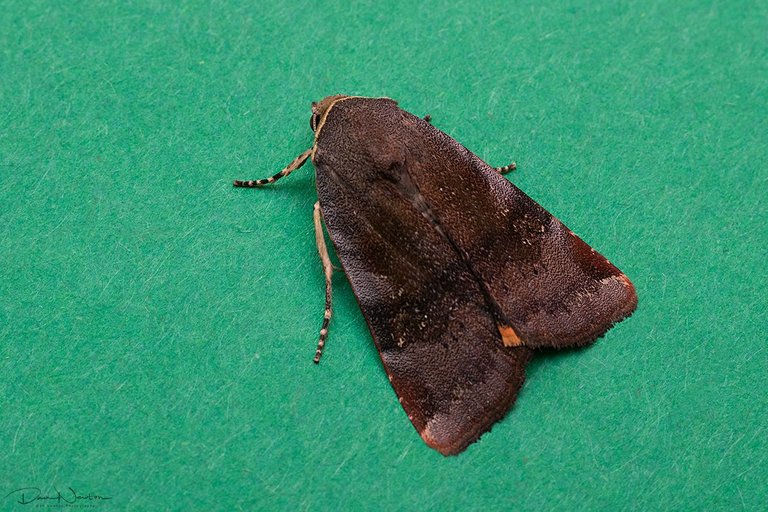
Lesser Broad Bordered Yellow Underwing - Noctua janthe
Yes, its a bit of a mouth full, but this is the Lesser Broad-bordered Yellow Underwing. I'll stick to the latin for this one lol. Noctua janthe is a nicely marked moth, but with a little bit of patience I was able get of a picture of the 'underwings'

Lesser Broad Bordered Yellow Underwing - Noctua janthe
Here you can see the broad black line which borderes the yellow wing which gives the moth its cumbersome common name.
Its not always possible to see this, often you might see a flash of yellow as they flap their wings
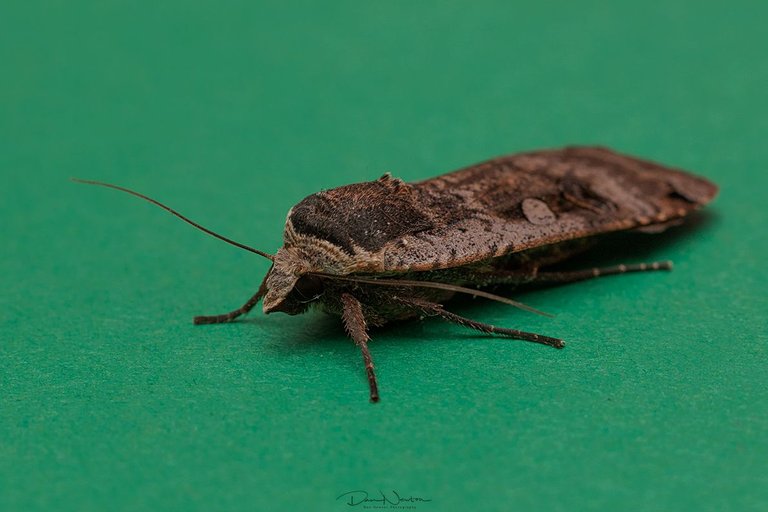
Large Yellow Underwing - Noctua pronuba
This is the Large Yellow Underwing. It is one of the UK's commonest moths, most likely due to the fact that the caterpillars feed on grass roots, and there is plenty of grass here!
This individual refused to play, so you'll have to take my word that he has yellow underwings too
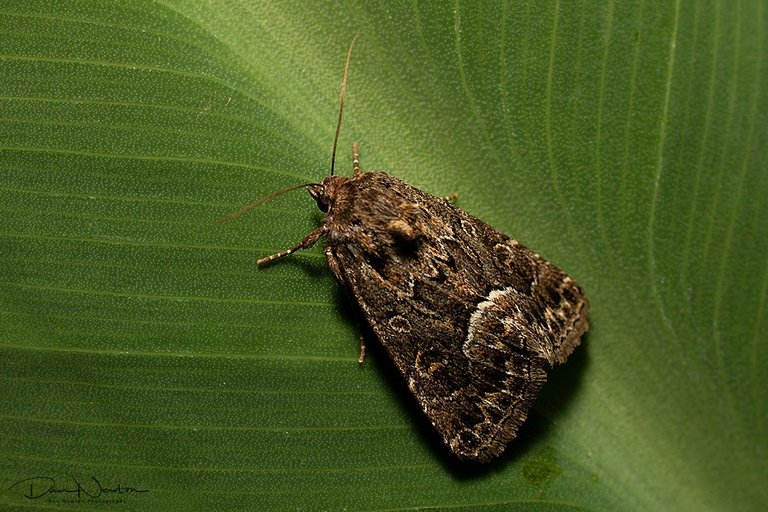
Straw Underwing - Thalpophila matura
Another one of the 'underwing' species, this Noctuid moth is a Straw Underwing, and if you look carefully at the below image, you can just see a pale yellow 'straw like' patch between the two wings

Straw Underwing - Thalpophila matura
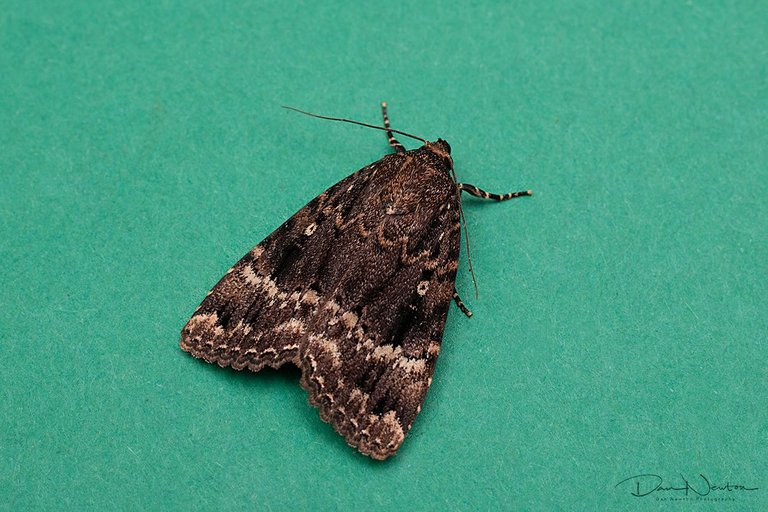
Copper Underwing agg - Amphipyra pyramidea
And another one, this is one of the Copper Underwings. There are 2 very similar species, so they often get put together. The difference between the two is apparently down to the amount of red-orange colouring on the underwings.
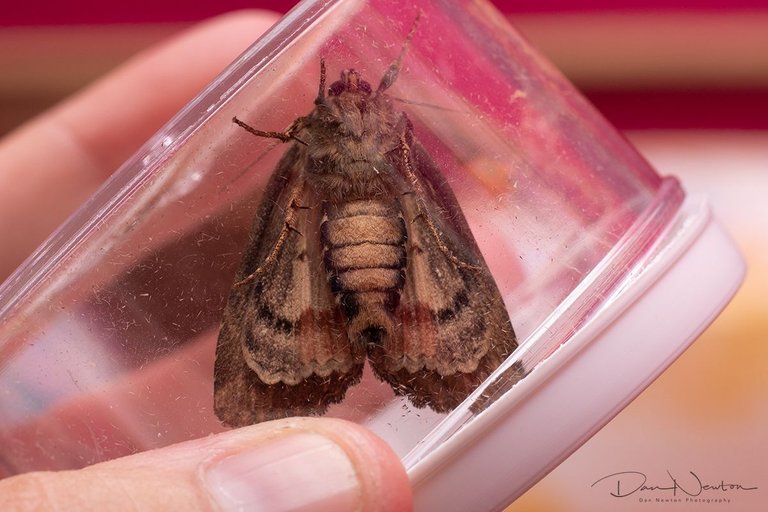
Copper Underwing agg - Amphipyra pyramidea
You can kind of see what I mean in this 'pot' shot. On the part of the wings closest to the abdomen (the body) you can see a subtle orange colour.
I was right with my thoughts at the start though, the changing season is readily apparent with a new selection of moth species to record. All those 'Underwing' species where new to the year list (other than Noctua pronuba)
Bonus Picture
Its been an odd year... for example here are 2 species which are very common here - Gold Spot and Common Swift. Neither of these have appeared yet. The Gold Spot is currently 'late' and the Common Swift should have appeared in May and June.
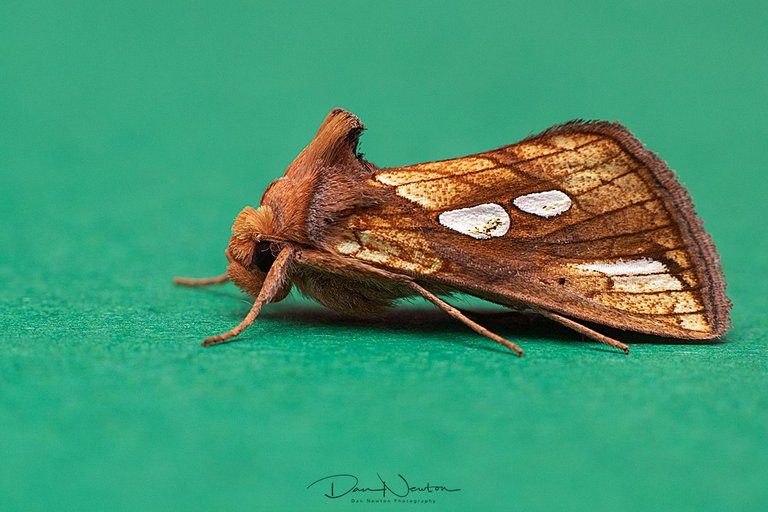
Gold Spot
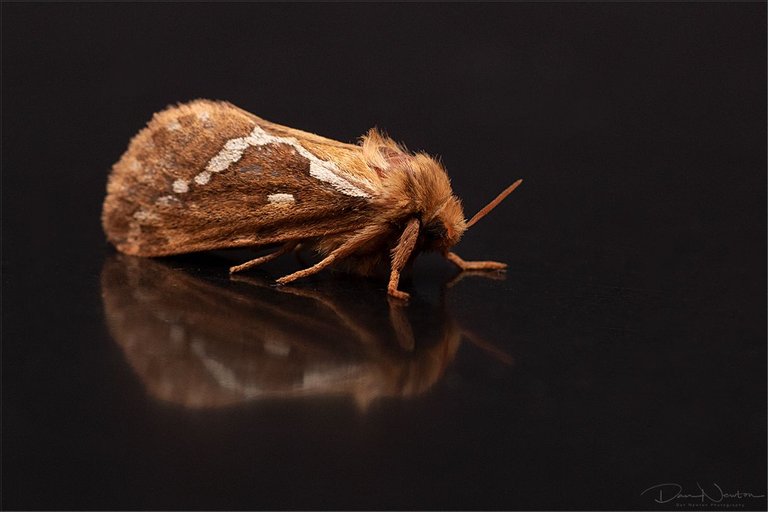
Common Swift
Really strange.
As I have said elsewhere, and indeed as many other people are saying all round the world, there are subtle changes in records, in sightings, and much of this is due to our rapidly changing climate.
Sadly, I suspect that the changes are only just beginning, and we are going to see a radically different world unfold over the next few decades, and i'm not sure what we can do now apart from sit back and watch the change unfold
Sorry the tone of this has turned a bit grim, hopefully next week I'll be in a more positive frame of mind!

Notes on Pictures: Since I started moth trapping 5 years ago, I have been slowly building up collection of Library Images. The idea being that once I have taken a picture of a particular species of Moth, I don't need another picture of the same species a year later. It’s a waste of time and energy. I only take pictures of new species, or of moths that are difficult to ID, so I can get the records verified.
While in my care, all individuals are looked after, and after Photographs have been taken, they are all released safely outside.
All names confirmed and checked via Wikispieces
Further Research from UK Moths and NatureSpot

If you have any thoughts or opinions on this article then I'd love to see your comments.
And if you really like the content then maybe you would like to upvote or re-hive it.

Check out my website for more of my work.

Hi @dannewton,
Thank you for participating in the #teamuk curated tag. We have upvoted your quality content.
For more information visit our discord https://discord.gg/8CVx2Am
We appreciate your work and your post has been manually curated by zoology team (oscurity,nelinoeva) on behalf of Amazing Nature Community. Keep up the good work!
thank for sharing
We appreciate your work and your post was manually curated by @none! from the DNA team!
Reach us on Discord to learn more about the project!
Your content has been voted as a part of Encouragement program. Keep up the good work!
Use Ecency daily to boost your growth on platform!
Support Ecency
Vote for new Proposal
Delegate HP and earn more
That Gold Spot is an odd one! Like seeing photos of the ones you get each time. :))
Great images, as always mate
18 different species?! amazing! and a great captures, as always. I've found a single one today (but I did not use any trap, just my own eyes). it was very beautiful. I took a shot, will show later... and ofc, got no idea what specie it is.
time for a !BEER?
View or trade
BEER.Hey @dannewton, here is a little bit of
BEERfrom @qwerrie for you. Enjoy it!Did you know that you can use BEER at dCity game to **buy dCity NFT cards** to rule the world.